 7 Ways To Prevent Keto Flu
7 Ways To Prevent Keto Flu
Have you ever started a ketogenic or low-carb diet only to find that you feel sluggish and brain fogged? What happened to the promise of rapid weight loss, mental clarity, and endless energy?
Well you may have encountered Keto Flu. This article covers how to identify it and 7 ways to prevent keto flu so you can reap the full benefits of a ketogenic diet.
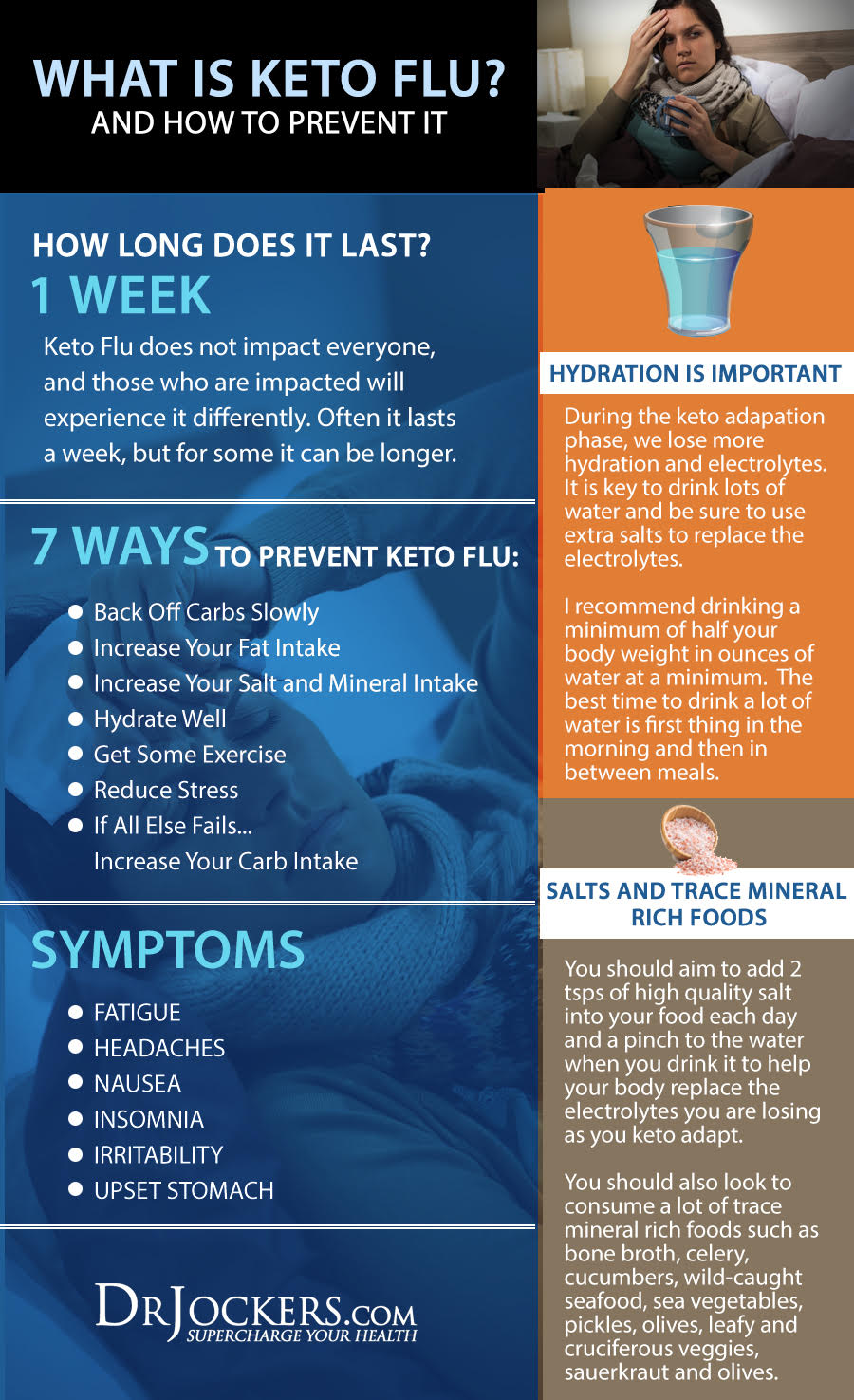
What Is Keto Flu?
The experience of keto flu is often discouraging and can lead many people to fall off their nutrition plan completely. Due to a number of physiological changes that occur during the initial stages of a lower-carb diet, some people experience sluggishness, intense cravings, and many other flu-like symptoms.
When many people think that maybe their body just doesn’t respond well to a ketogenic diet, there are typically three underlying causes: hypoglycemia, HPA Axis Dysfunction, and electrolyte imbalance.
By addressing these three underlying causes, keto flu can be significantly reduced to improve your keto adaptation process and get you on your way to becoming a fat-burning machine!
Keto Adaptation and Keto Flu
Most people beginning a ketogenic diet have been primarily burning sugar for energy their entire lives. When they all of a sudden stop consuming carbs, the body must then relearn how to burn fat for energy.
Hypoglycemia occurs because the body quickly burns through stored sugars and hasn’t yet learned to burn fat, leaving you with an energy deficit (don’t worry it is temporary!)
HPA Axis Dysfunction occurs because sudden drops in blood sugar will tend to promote cortisol release (cortisol raises blood sugar). If this happens too much, then your stress response can become dysregulated and stable blood sugar becomes harder to attain.
Electrolyte Imbalance occurs due to a drop in insulin levels. When insulin drops (due to low blood sugar) you naturally excrete more sodium and minerals in your urine. Because these electrolytes and minerals are important for proper nerve conductivity, this can leave you feeling sluggish and brain fogged.
Strategies To Prevent Keto Flu
The good news is that these keto flu symptoms only last 1-2 weeks on average. After you become adapted to burning fat you will likely experience sustainable weight loss, tons of energy, and mental clarity like never before.
Because the short adaptation period can be such a struggle for some people, it can be hard to get over the hump. These are my top 7 strategies to make sure keto flu doesn’t happen to you.

Back Off Carbs Slowly
While depriving your body of sugar sources is the quickest way to get into ketosis, the side effects can hinder long term success. If you slowly reduce your carb intake while increasing your fat intake, you can smooth your transition to ketosis.
Once you convert yourself to around 70% of calories from fat sources, see how you feel. If you still feel sluggish, try eating more frequently to stabilize blood sugar. I go over how to gradually reduce carbs in the image below and in greater detail in this article.
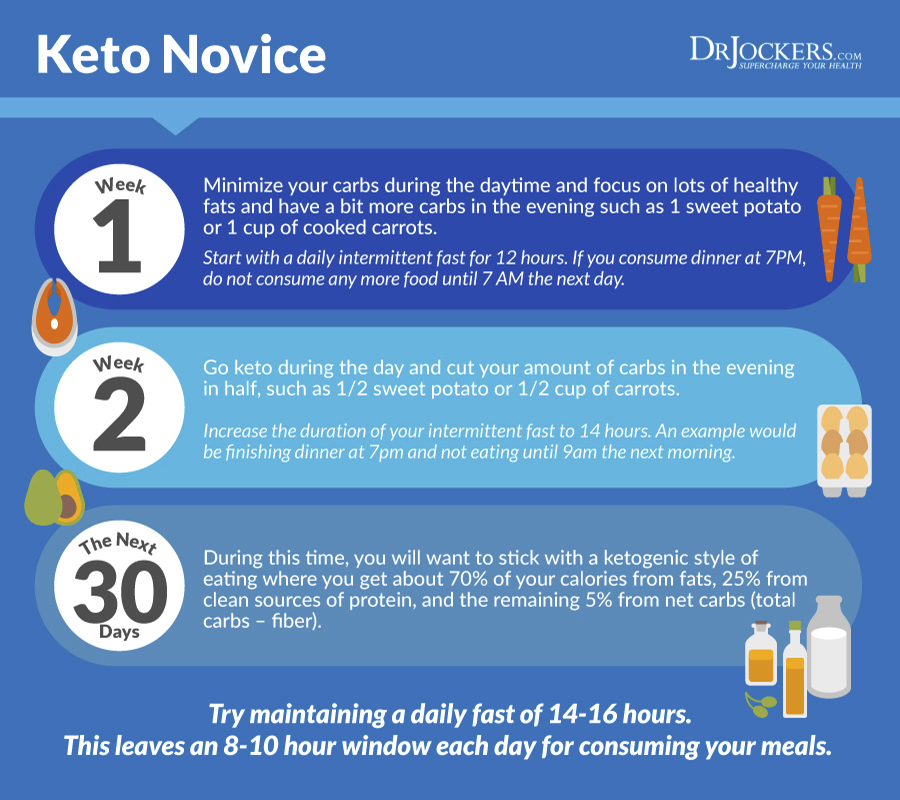
Increase Your Fat Intake
When you cut out carbs, you are going to need to make sure you are still getting adequate calories from fats. This will ensure your body has what it needs to continue making energy.
You can also try adding in MCT oil to your daily intake to help provide your body with an easy to convert source of ketones. While turning more complex fats into energy can take some adaptation rom the body, MCT oil is more easily converted into ketones. You can learn all about the benefits of MCT oil in this article.
Adding supplemental MCT oil can be a life saver during the initial phases of a ketogenic diet. Start with a Tablespoon in your morning shake or drizzled over your breakfast and progress to using it in more of your meals after about a week to allow your body to acclimate to this concentrated oil.
Additionally, you want to build your meals around healthy fat sources such as avocados, olives or olive oil, coconut oil or coconut milk and grass-fed butter. Here is a list of great fats to use in addition to MCT oil.
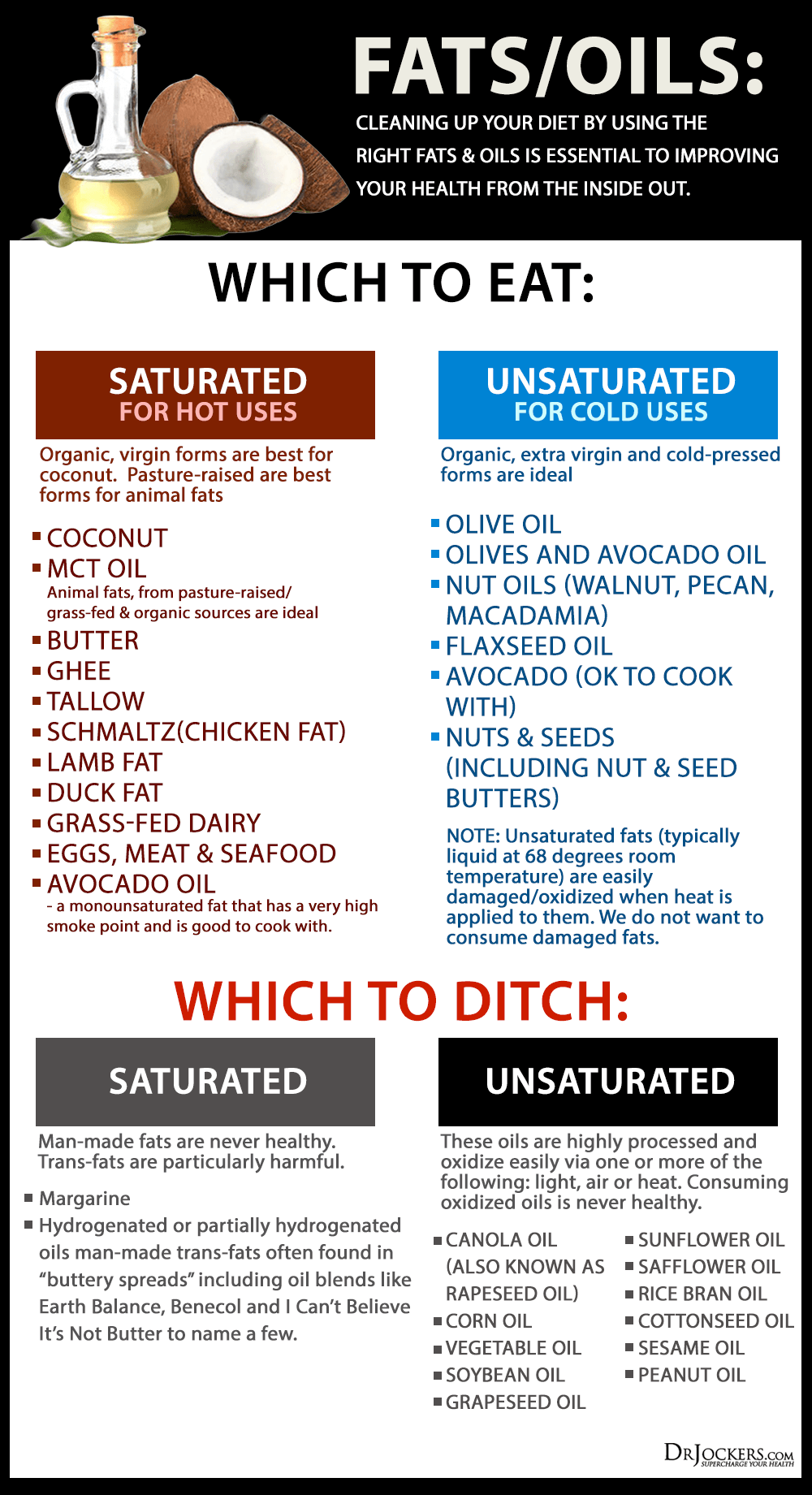
Increase Salt & Mineral Intake To Avoid Keto Flu
As I mentioned before, when you become keto adapted, insulin drops significantly. This makes sense because you don’t have any sugar in your blood that insulin needs to carry into the cells. When insulin is low, your body naturally excretes higher amounts of sodium and other minerals.
Supplementing with a high quality multi-mineral, using plenty of sea salt, and sipping on organic broth throughout the day are all great strategies to help combat this keto flu symptom.

Hydrate Well
When your body excretes more sodium (as mentioned above) you naturally retain less water in your body. In order to remain properly hydrated, you need to increase your intake of water and other hydrating beverages.
Organic chicken broth or bone broth are both great for providing minerals as well as water into the system to keep you properly hydrated. Otherwise, adding a pinch of Himalayan sea salt and a squeeze of lemon to your water is also a great option.

Get Some Exercise
Some research suggests that being physically active can improve your ability to switch between fuel sources in the body (1). This makes sense because when you are exercising and you burn up your available sugar stores, you need to quickly convert to another source to sustain energy.
Try going for a brief 15-20 minute jog with intermittent sprints of 20-30 seconds followed by 2 minutes of recovery. Another option is to engage in a HIIT style resistance workout. Use your best judgment here though, if you are really not feeling up to it, then stick to the other strategies in this article. A simple 15-minute walk outdoors can also be helpful!
This type of short duration, high intensity exercise will also increase the production of mitochondria in your cells. Mitochondria produce energy for your body so having a lot of them and keeping them healthy is critical to overall wellbeing.
Don’t Stress
If you are feeling discouraged by your keto flu symptoms, try not to stress over it. Stick to these strategies and know that huge benefits lie just a few weeks ahead (maybe even sooner)! Becoming overly stressed will only hinder your adaptation by increasing cortisol and throwing off you blood sugar balance.
When you begin to feel stressed take a moment, grab some water (or broth), and give yourself some time to pray or meditate. Know that this is temporary and that it was expected from the beginning. It is part of the process and you will overcome and become stronger.

If All Else Fails.. Increase Carb Intake
If you try the strategies above and you are simply feeling like you are not adapting to a ketogenic diet, your body may need more time. Try cycling carbohydrates from clean, nutritious sources like sweet potatoes or a handful of blueberries once a day. I like the carb backloading strategies that I discuss in this article.
This means you will still be consuming a high fat, low carb diet most of the day. However, once a day have a meal with a healthy portion of carbs. After trying this out for a few weeks, retry a full ketogenic diet and see if your body responds differently.
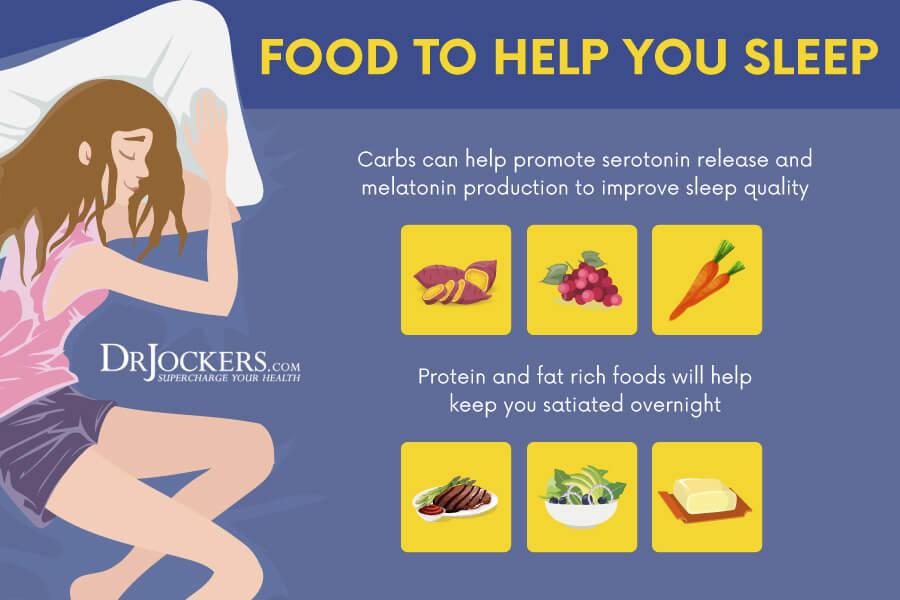
Keto Flu Summary
When it comes down to it, becoming ketogenic is an adaptation for most people. Adaptations are stressful for the body and so it must be prepared and strategically supported for optimal chances of success.
By using these strategies to control the underlying causes of keto flu symptoms, you also improve your body’s ability to adapt to a ketogenic diet. You can do this! Check out our entire Navigating the Ketogenic Diet online program here



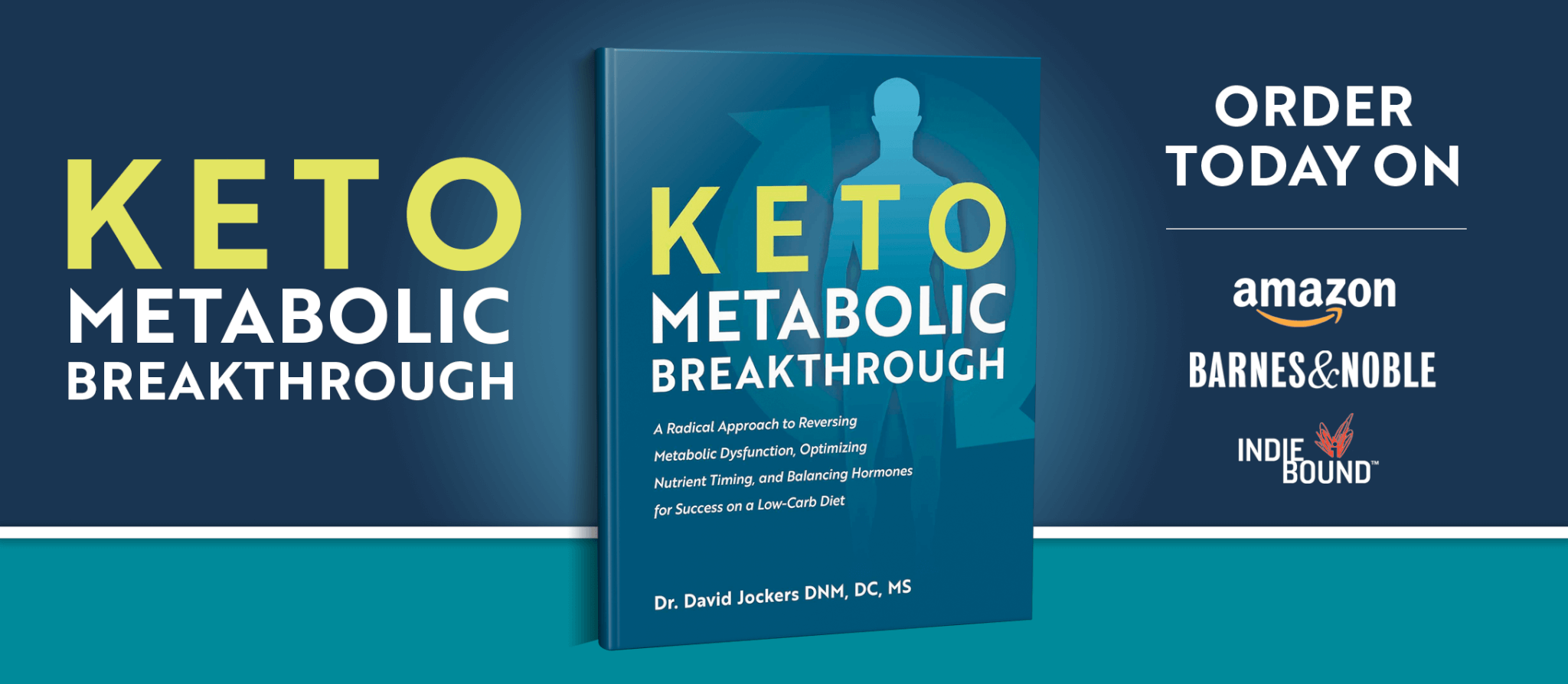


Thank you for the great information. I have included some in my ebook, Cancer: How I Beat Stage 4 cancer, which will be published soon. If you do not want me to include your name and information please email me and I will remove it. Thanks again.
Can I use the keto Nats to prevent the keto flu
Electrolytes are the key!